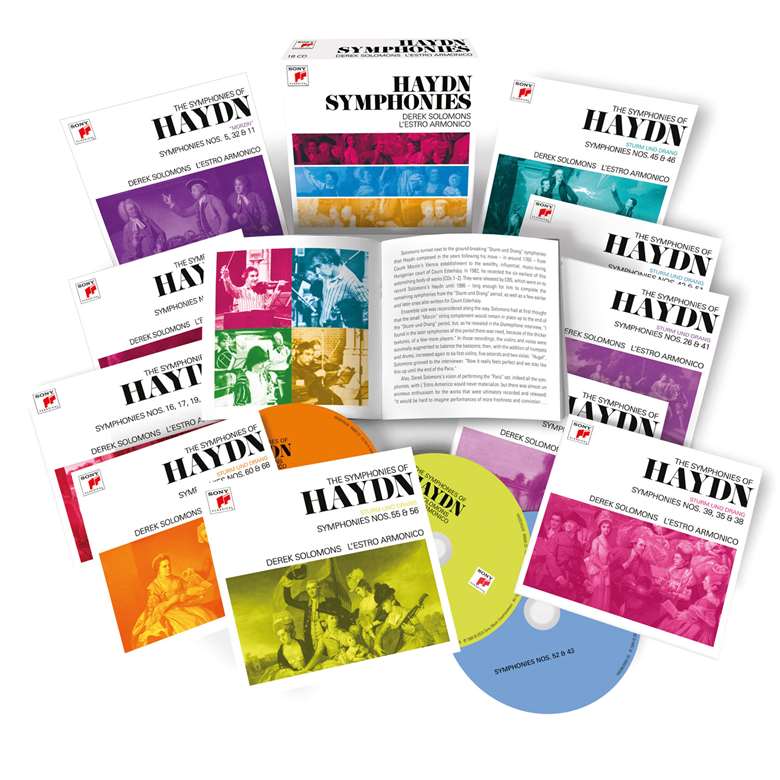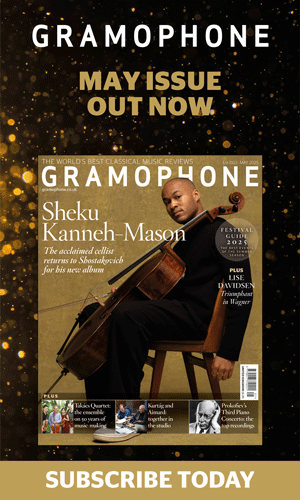Review - Haydn: 49 Symphonies (L’Estro Armonico / Derek Solomons)
David Threasher
Thursday, May 23, 2024
David Threasher reacquaints himself with a pioneering 1980s series of Haydn recordings from L’Estro Armonico and Derek Solomons

Register now to continue reading
Thanks for exploring the Gramophone website. Sign up for a free account today to enjoy the following benefits:
- Free access to 3 subscriber-only articles per month
- Unlimited access to our news, podcasts and awards pages
- Free weekly email newsletter











